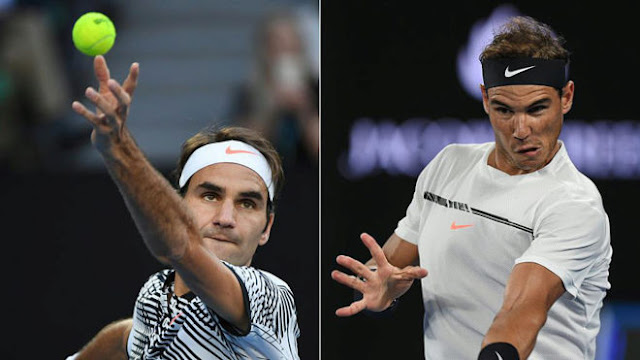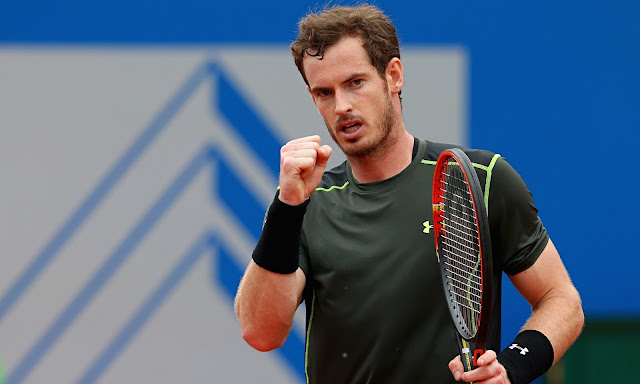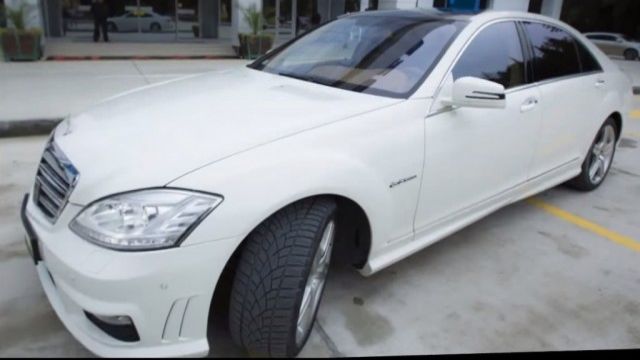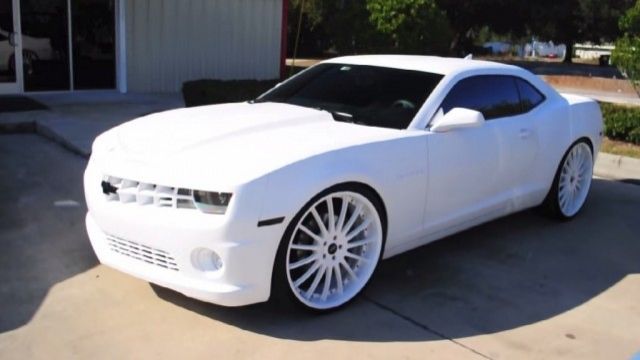We have to wonder, who among the 2017 NBA free agent class will have the most impact come the next few seasons?
There were a number of massive contracts handed out to household names like Stephen Curry, Blake Griffin and Kevin Durant.
But, what of the deals for good complementary players (still for fairly big money) who may have a hand in a championship a year, or two, or three down the road? We like the signings of Jeff Teague and Taj Gibson in Minnesota as well as Paul Millsap in Denver. Up and coming teams who definitely got better.
Historically, there have been many great free agent acquisitions, like LeBron James going from Cleveland to Miami and back to Cleveland. Questionable ethics on the first move, but he’s been a saviour in Cleveland after going back.
The best deals, in our estimation, have been for players who, though they may not be the biggest name, or a little past their prime, who made huge contributions to championships, or claimed significant individual honors.
Here are 15 of the best, and underrated, free agent signings in NBA history, in no particular order.
15. Chris Bosh – Miami Heat 2010
His career may be all but over as of today, but Chris Bosh meant a lot to the Miami Heat, who officially waived him last week, mostly due to ongoing health issues that have kept him out of basketball since February 2016. It wasn’t always thus for the 11-time All-Star and two-time NBA champion. In 2010, after seven standout seasons in Toronto, Bosh was a free agent and at a crossroads. The 2009-10 Raptors underachieved and Bosh became the third wheel in chatter about himself, Dwyane Wade and LeBron James and where they would sign the summer of 2010. The Heat upped the ante on Toronto and completed a sign-and-trade for the talented big man. The much ballyhooed signing of James and re-signing Wade, along with Bosh, was dubbed “the Big 3.” The Heat didn’t win in 2010-11, but with Bosh’s defence and timely scoring, Miami secured back-to-back championships in 2011-12 and 2012-13.
14. Derek Fisher – Los Angeles Lakers 2007
It wasn’t hard for Derek Fisher to fly under the radar with the great Los Angeles Lakers teams of the early part of the last decade. With the likes of Kobe Bryant and Shaquille O’Neal around to take up most of the oxygen in the room, Fisher played a low-key role in three consecutive championships from 2000 to 2002. Fisher, a point guard, left the team in 2004 to play two seasons with Golden State and then one season with Utah. After making big money at Golden State (and disappointing) and spending a year in Salt Lake City, Fisher asked to be released from his contract in 2007 to play in a city where his daughter could be treated for a rare health condition. The Jazz obliged and Fisher then signed a reasonable three-year, $14 million deal to go back to the Lakers. At 33, he seemed washed up, but the elder statesman held up well, playing in and starting all 82 games for the Lakers for four straight seasons. In 2009 and 2010 he played a more pivotal role in helping the Lakers win back-to-back championships (his fourth and fifth).
13. Rick Barry – Houston Rockets 1978
By the time future NBA Hall of Famer Rick Barry signed with Houston in 1978, the all-star forward was already 34. A superstar in San Francisco (first with the S.F. Warriors and later the Golden State Warriors) Barry was a prolific shooter and rebounder. He led the NBA in scoring during the 1966-67 season with 35.6 points per game before missing a whole season due to a legal battle between the ABA and NBA. He played four seasons in the ABA before returning to Golden State in 1972. Thus, when he signed in Houston in 1978, it was thought that he would still contribute, albeit on a lesser scale, as a shooter. However, Barry transformed himself into an elite passer, dishing out a career high 502 assists in 80 games (6.3 average) while still dropping a respectable 13.5 PPG during the 1978-79 season. He retired in 1980 and was inducted into the Naismith Hall of Fame in 1987.
12. Dennis Rodman – Chicago Bulls 1995
Even with superstars Michael Jordan and Scottie Pippen in the fold, the Bulls failed to get past the Eastern Conference semi-finals in 1994 and 1995, after winning three straight championships from 1991 to 1993. Something was missing and that was tenacious defence and rebounding. Enter rebounding machine and character Dennis Rodman, who led the NBA in rebounding four straight years from 1991-92 to 1994-95, two with Detroit and the latter two with San Antonio. The Worm was obtained in a sign-and-trade with the Spurs, replacing the departed Horace Grant in the summer of 1995. It was a gamble, in that Rodman was already 34 and whose free-spirited personality put him at odds with hoops purists. It paid off in spades, as Rodman was the league’s top rebounder for this three seasons in the Windy City and which also helped propel the mighty Bulls to championships in those three campaigns.
11. Steve Nash – Phoenix Suns 2004
He never did win a championship with the Suns, but Steve Nash helped put the team on the basketball map. Originally picked in the first round of the 1996 draft by Phoenix, Nash played two seasons with the Suns before being traded to Dallas. He played six pretty good years with the Mavs, but when he became a free agent at 30 in the summer of 2004, Dallas owner Mark Cuban balked at paying him what he wanted, so he bolted back to Phoenix for a better pact. It proved to be his best move, despite his advanced age. In his first three seasons back in Arizona, Nash would lead the NBA in assists per game, reaching a high of 11.6 during the 2006-07 season. He also claimed back-to-back NBA MVP awards in 2005 and 2006, as well as being an all-star in four straight. Nash retired after the 2013-14 season with the Lakers as the third all-time assists leader with 10,335.
10. Gilbert Arenas – Washington Wizards 2003
Agent Zero was a good find for the Golden State Warriors out of the University of Arizona in 2001, as he was their second round pick, 31st overall. Arenas put in great work there, ending his second season with 18.3 points and 6.3 assists per game n 82 games, all starts. For that, he received the NBA’s “Most Improved” award. A bidding war for his services ensued for the restricted free agent in 2003 and he basically flipped a coin to join the Wizards for six years and $60 million. Arenas would team up with Larry Hughes in Washington to form the highest scoring back court in the league in 2003-04, with Arenas scoring 19.6 points and Hughes 22.0 per game. The next season Arenas would garner his first of three straight All-Star nods, scoring 25.5 points per game. He blew those numbers away in the next two campaigns with 29.3 and 28.4 PPG. He also helped turn an miserable franchise around, helping them make the playoffs four straight times after missing the post-season from 1998 to 2004.
9. Kurt Rambis – Los Angeles Lakers 1981
The New York Knicks never knew what they had in Kurt Rambis. Good thing the Lakers knew his worth. Drafted in the third round, 58th overall by the Knicks in 1980, Rambis was waived right away, played in Greece for a year, re-signed by New York and waived again. The Lakers were only too happy to sign “Clark Kent”, who quickly became the ultimate team player in L.A. and a fan favorite. His skill on defence and the ability to clean up in the offensive zone (his shooting percentage hit 59.5 in 1985-86) were the hallmarks of his 14-year career, most of it with the Lakers. Rambis, with his thick-rimmed glasses and moustache, left everything on the floor and did a lot of “spade” work for a Lakers team that won four championships with him in the line-up during the 1980s.
8. Carlos Boozer – Utah Jazz 2004
At one time, C/PF Carlos Boozer was to be LeBron James right hand man in Cleveland. Boozer, a German national, was drafted 35th overall by the Cavs in 2002 and wold put his considerable rebounding and shooting skills to use in two seasons in The Land. After scoring 15.5 points and pulling down 11.7 rebounds per game in his second season, Cleveland opted to release him from his entry level deal, making him a restricted free agent. Now, Cleveland thought they had a handshake deal (six years, $39 million) but he chose to sign with Utah for the same term and $70 million, which the Cavs chose not to match for cap considerations. It turned out to be a good move for Boozer, who recorded 17.8 points and 9.0 rebounds for a less-than-stellar Jazz team in 2004-05. Another so-so Jazz season would follow, but in 2006-07, Boozer became an all-star for the first time, registering a team high 20.9 points and 11.7 rebounds. That team made the Western Conference finals for the first time in nine years. He had his second and last all-star season in 2007-08.
7. Chauncey Billups – Detroit Pistons 2002
After being picked third overall by Boston in 1997, swingman Chauncey Billups spun his wheels in the NBA, splitting his rookie season between the Celtics and Toronto, then going to Denver for two seasons and Minnesota for two after that. In fact, at one point he was considered a big draft bust. But, fate intervened and he enjoyed a breakout year with the T-Wolves in 2001-02, before hitting free agency. He got a six-year, $35 million contract with Detroit in 2002 and would be the team’s starting point guard. Right away, Mr. Big Shot made himself a fan favorite in the Motor City by playing sound defence and sinking clutch baskets. During his time in Detroit (2002-08), Billups helped guide the Pistons to six straight conference finals, two NBA finals, and an NBA championship in 2004. He was also a three-time All-Star and three-time All-NBA member.
6. Jamaal Wilkes – Los Angeles Lakers 1977
At one time, it was other teams raiding the Golden State Warriors for underrated talent. Jamaal Wilkes was a big deal out of UCLA in the mid-1970s and was selected 11th overall by the Dubs in 1974. His was a career truly blessed as he won a title with Golden State in 1975, playing with legends like Rick Barry. Wilkes enjoyed three great seasons in San Francisco, but the Lakers “stole” him in 1977. Though never the big name player on any of the “Showtime” teams of the early 1980s, Wilkes would be a key figure in three championships (1980, 1982 and 1985). His most memorable contribution and typical of his underrated play came during the deciding Game 6 against Philadelphia in the 1980 finals. In a game where Magic Johnson played center for Kareem Abdul-Jabbar and scored a game high 42 points, Wilkes scored 37 and hauled in 10 rebounds.
5. Gus Williams – Seattle SuperSonics 1977
There is a bit of a recurring theme here, in that the Golden State Warriors used shed talent, rather than accumulate it like they do now. USC swingman Williams was selected 20th overall by Golden State in 1975 and then go on to enjoy two fairly productive seasons with the Warriors. He made the NBA All-Rookie Team in 1976, but was allowed to pursue free agency in 1977, signing with the Seattle SuperSonics. Williams, a point guard, would have an immediate and lasting effect on a Sonics team that hadn’t tasted success during their first 10 years in the NBA. In 1977-78, he was part of a turnaround that saw the Sonics go from also-ran to NBA finalist (they lost 4-3 to Washington in the ’78 finals). He scored 18.1 PPG during the regular season then added another 18.3 points during the playoffs. The following campaign, Williams poured in 19.2 points and then added an amazing 26.7 points in the playoffs as the SuperSonics won their first and only championship.
4. Lamar Odom – Miami Heat 2003
These days, Lamar Odom’s life has settled down after the Love Ranch episode, but he is still the punchline to many a Kardashian joke. Before that, the power forward came highly regarded out of the University of Rhode Island, with the L.A. Clippers selecting him fourth overall in 1999. The Candy Man was pretty good in four seasons there, averaging 12.8 points, 7.0 rebounds and 3.8 assists. A free agent in 2003, Odom caught the eye of Pat Riley in Miami, with the Heat extending an offer that the Clips declined to match. Though he played just one season with the Heat, Odom was instrumental in turning around a 25-win franchise from the year before. In his most complete season to that point (80 games, all starts), Odom recorded 17.1 points, 9.7 rebounds and 4.1 assists as Miami went 42-40. They made it to the Conference semi-finals, too. Perhaps his biggest contribution to the Heat team was being part of a trade that brought the Lakers’ Shaquille O’Neal to Miami, which would win a championship in 2006. Odom would win two titles later with L.A.
3. Vlade Divac – Sacramento Kings 1998
Divac is the Kings GM these days, charged with trying to make a moribund franchise better. In his non-executive days, the big Serbian was a force in the paint for the Lakers in the early 1990s and for two more with the Charlotte Hornets from 1996 to 1998. In ’98, he was signed as a free agent by the Kings, who had not had a winning record in 16 seasons. His first season in Sacramento was shortened due to a lockout, but teamed with countryman Peja Stojakovic, Chris Webber and Mike Bibby, Divac was a key piece in a franchise turnaround. In his six seasons with the Kings Divac averaged 13.6 points and 9.3 rebounds per game on one of the best teams in the West. The Kings also made the playoffs each and every year Divac played there.
2. Tom Chambers – Phoenix Suns 1988
For three seasons in the mid-1980s, the Phoenix Suns hit the skids after going to the playoffs in eight straight seasons (1978 to 1985). After a 28-54 finish in 1987-88, the Suns were looking for an answer at power forward and Seattle All-Star Tom Chambers fell right in their lap. Chambers helped make the Suns relevant again, scoring 25.7 points per game in 1988-89, a year he would make the all-star team (and be elected to two straight after that). While the Suns never won a championship with Chambers on the roster, he was a key player and Sixth Man during the 1992-93 playoff run that ended with a loss to the Chicago Bulls in the NBA finals. He has remained in the Phoenix Suns fold since his playing days, doing work community relations work for the team.
1. Robert Horry – San Antonio Spurs 2003
Robert Horry, aka “Big Shot Bob”, was a fine complementary player who scored clutch baskets with the Houston Rockets and Los Angeles Lakers in the 1990s and into the early part of the last decade. He won two championships with the Hakeem Olajuwon led Rockets in 1994 and 1995, before moving to the Lakers in 1997, where he would have a hand in three straight titles between 2000 and 2002. In 2003, Horry was turning 33 and in the twilight of his career when the Spurs offered a contract. Even though he was never the team’s biggest scorer and started very few contests, Horry went on to make a few more clutch shots on the way to winning two more titles with the Spurs. None other than Magic Johnson once said that Horry was “one of the 10 best clutch players in league history.”




























